Erwin Blumenfeld (1897–1969) was a photographer and artist born in Germany.
Blumenfeld got his first camera in 1908, and with it he began photographing and developing. Although he had no formal education in this field, but he still thought of himself as a photographer.
In 1913, he started off his career by doing an apprenticeship with Sclochauer and Moses. During the first world war, he was drafted a driver of ambulance in the army. In 1923, he established his own store specializing in handbags for ladies in Amsterdam. It was called, Fox Leather Company.
In 1932, Erwin Blumenfeld found a darkroom completely equipped, so he began photographing the female clientele of this store. The first exhibition of his work was at a local gallery of Carl van Lier. After three years, Photographie, a French journal published a photo by him in their issue.
In 1936, his store went bankrupt and following this he went to Paris. The photographer was commissioned to make portraits of people who came from the art world, such as Henri Matisse and Georges Rouault. He did his first commercial project for Monsavon. During this time, he also took images of Cecil Beaton, Valeska Gert, Leonor Fini, François Mauriac, Yvette Guilbert, and Josephine Baker. Beaton was impressed by Blumenfeld and in 1937 got him into a contract with Vogue of France.
After his imprisonment in Vézelay, France and his reunion with his family – in 1941, they went to New York and on arrival Harper’s Bazaar hired him on a contract. He worked with Bazaar for three consecutive years and then started working as a freelancer for Vogue, America. For the next 15 years, his work was published on covers of Vogue and was featured in many other magazines like Life, Flair, and Look. At the same time, he did photography for a Minneapolis departmental store, Dayton’s. In addition, he also photographed for ad campaigns for clients belonging to the cosmetics industry, such as Helena Rubinstein, L’Oreal, and Elizabeth Arden.
By the 1950s, it was reported that he was the highest paid photographers around the world. Many models worked with him and among them were Lisa Fonssagrives and Carmen Dell’Orefice. By late 50s, he also ventured in creating films, for commercial use. These motion pictures were usually aimed at his cosmetic clients.
The years close to his death were spent on My One Hundred Best Photos, his book that contained only four fashion photos by him and others were on various subjects.
Blumenfeld’s work was influenced by personalities like Man Ray, George Grosz, and Lucas Cranach. His fashion work was frequently in color while his work on other subjects were in monochrome. He used many different photography techniques, such as double exposure, sandwich printing, solarisation, veils and mirrors.
![Erwin Blumenfeld Marguerite von Sivers sur le toit du studio 9, rue Delambre [Marguerite von Sivers on the roof of Blumenfeld’s studio at 9, rue Delambre] Paris, 1937](https://monovisions.com/wp-content/uploads/2017/03/erwin-blumenfeld-fashion-photographer-08.jpg)
Erwin Blumenfeld. Marguerite von Sivers sur le toit du studio 9, rue Delambre [Marguerite von Sivers on the roof of Blumenfeld’s studio at 9, rue Delambre]. Paris, 1937
![Erwin Blumenfeld Minotaur / Dictator [Minotaure / Dictateur] The Minotaur or The Dictator Paris, c. 1937](https://monovisions.com/wp-content/uploads/2017/03/erwin-blumenfeld-fashion-photographer-10.jpg)
Erwin Blumenfeld. Minotaur / Dictator [Minotaure / Dictateur]. The Minotaur or The Dictator. Paris, c. 1937

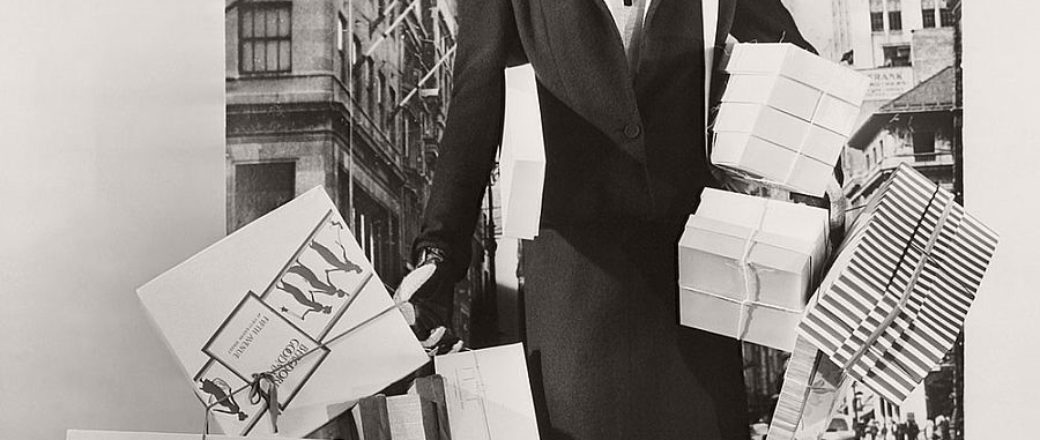


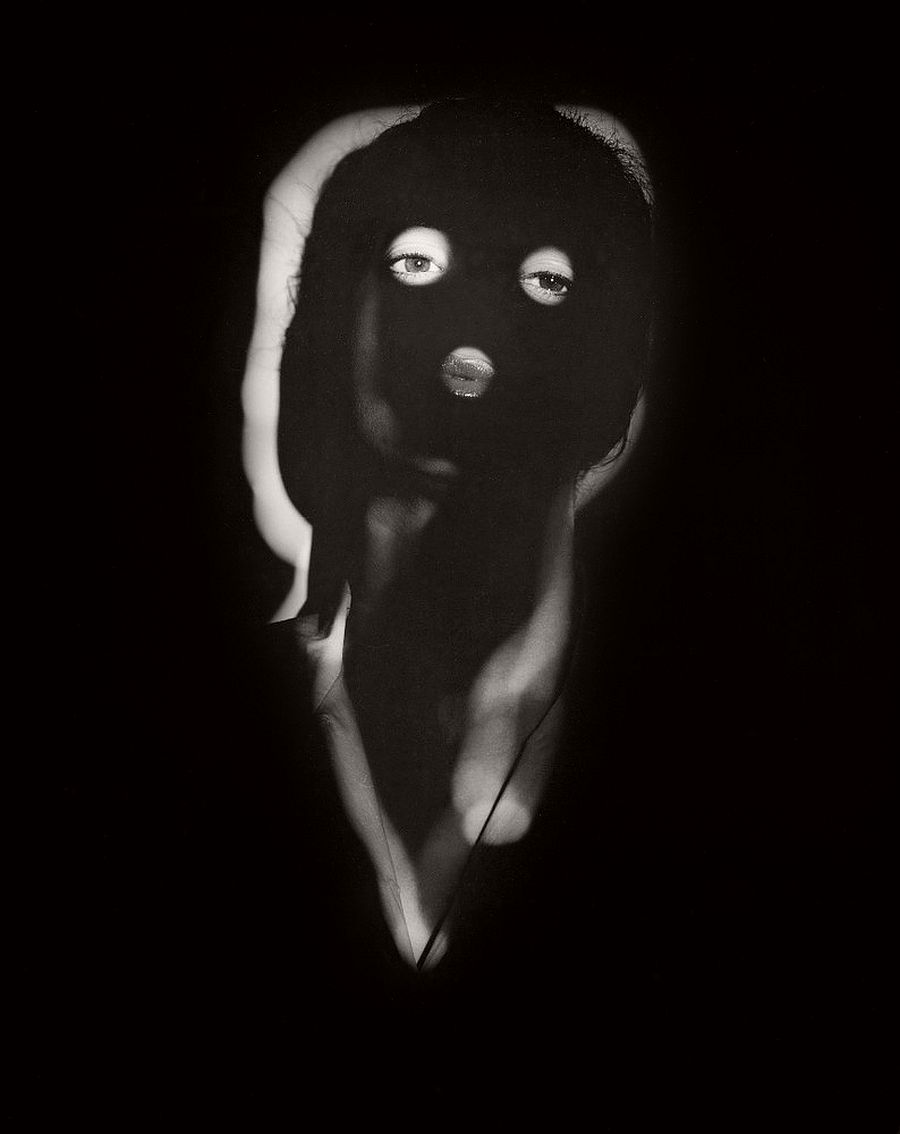
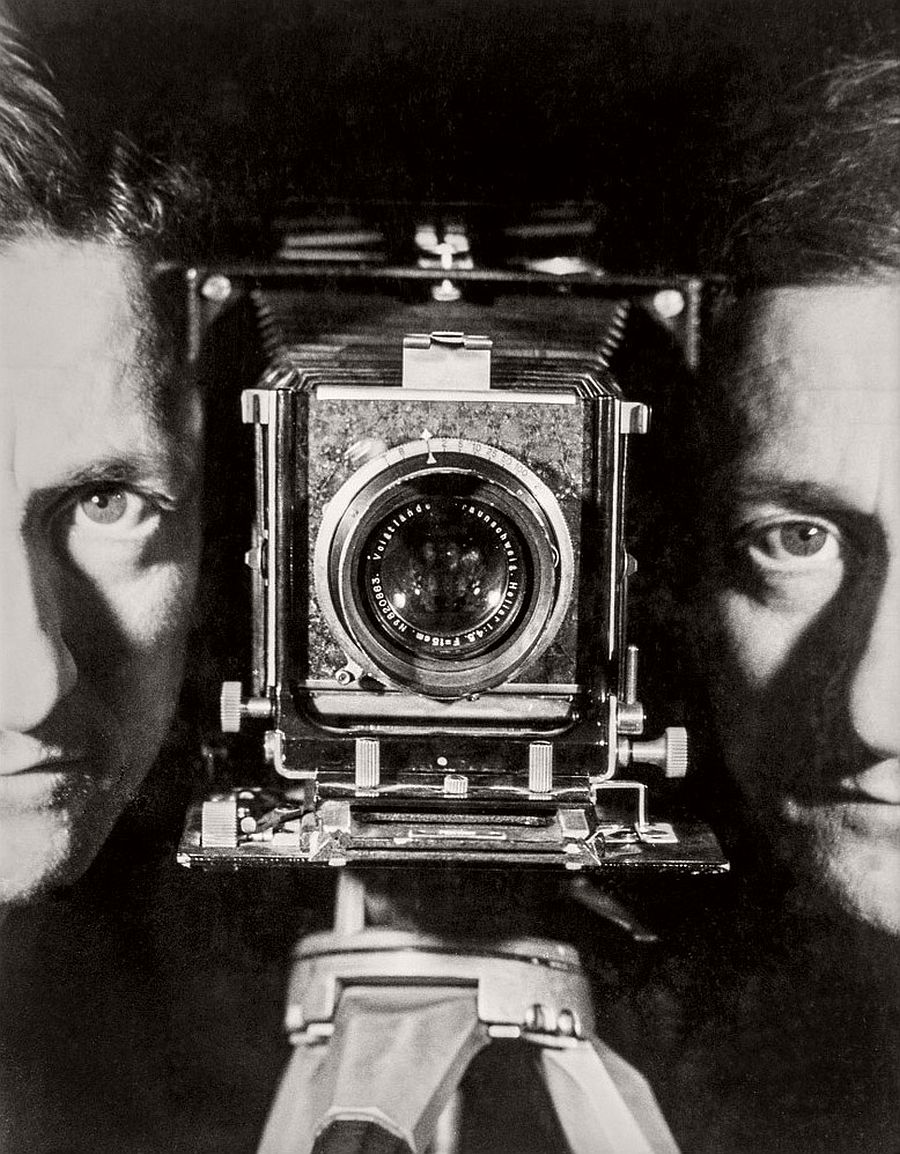
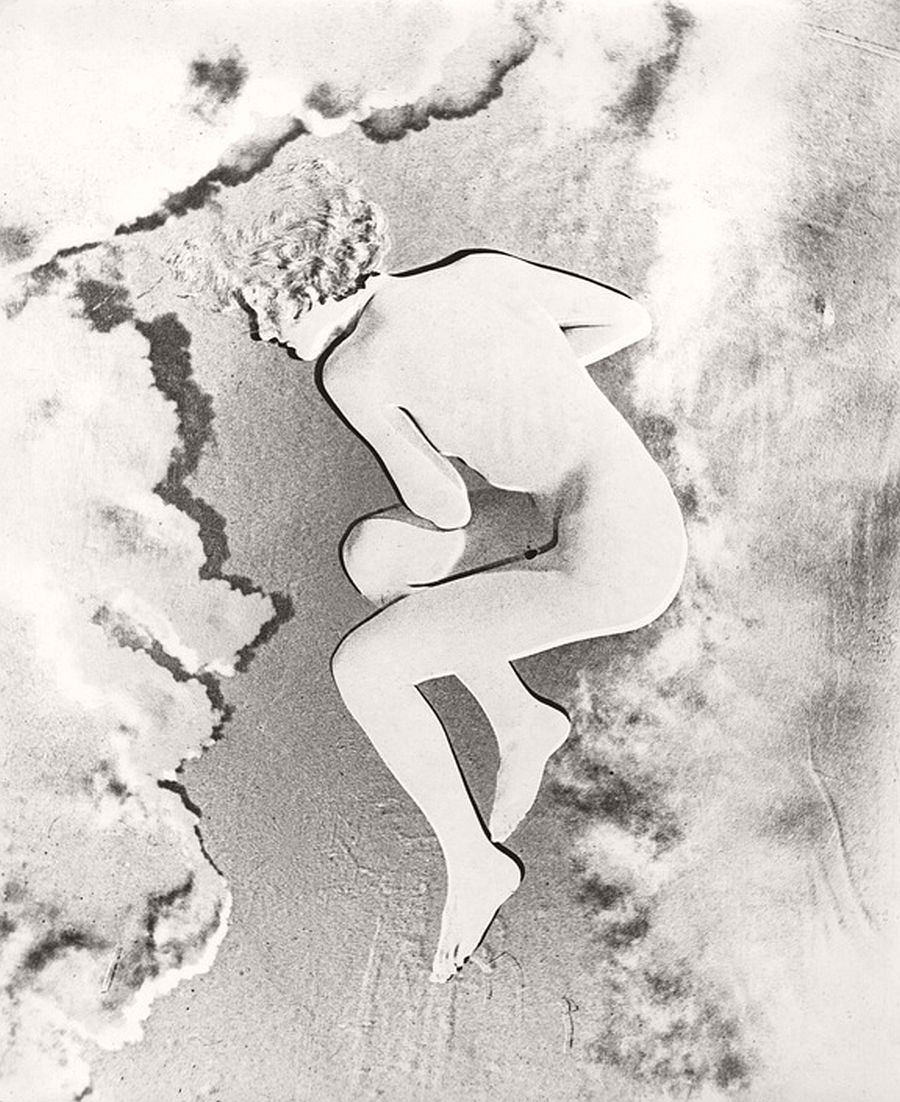

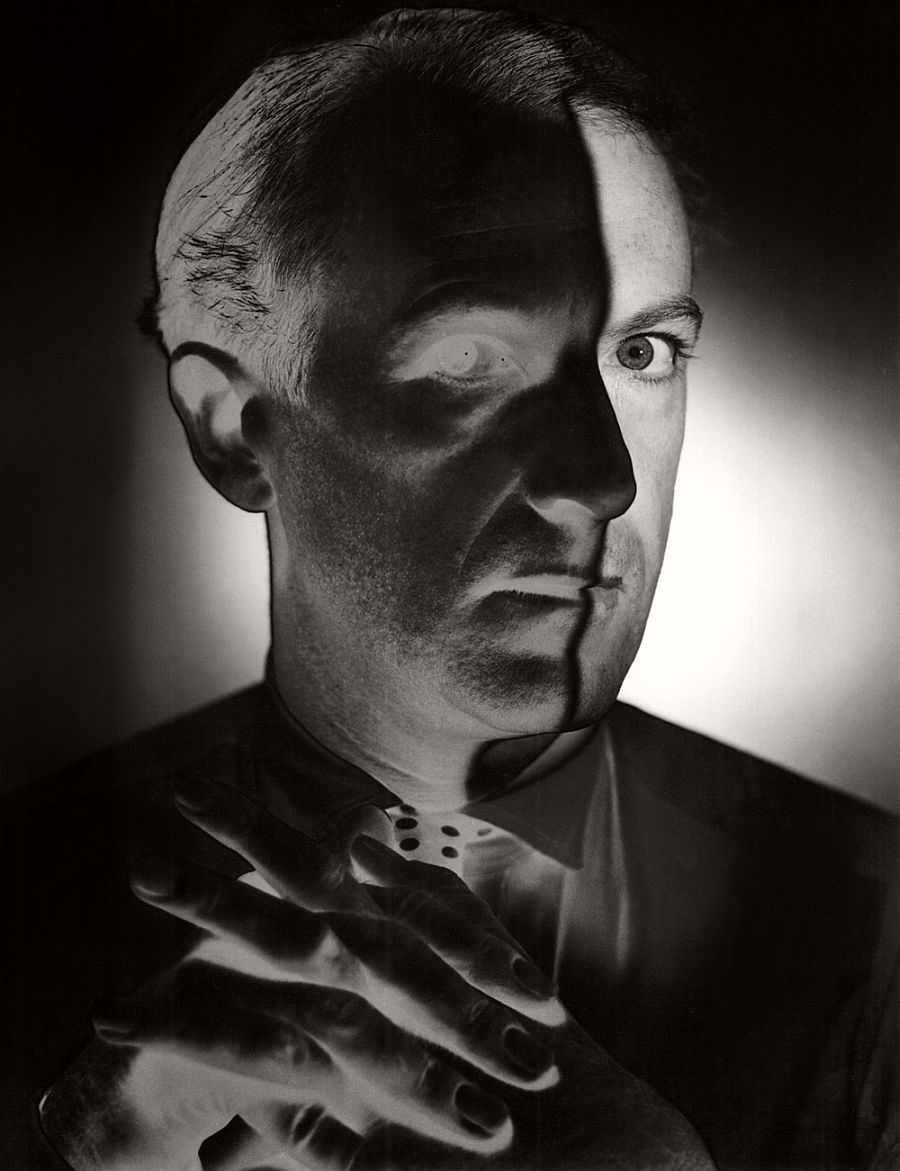
![Erwin Blumenfeld Voile mouillé [Wet Veil] Paris, 1937](https://monovisions.com/wp-content/uploads/2017/03/erwin-blumenfeld-fashion-photographer-07.jpg)
![Erwin Blumenfeld Untitled [Natalia Pasco] 1942](https://monovisions.com/wp-content/uploads/2017/03/erwin-blumenfeld-fashion-photographer-09.jpg)
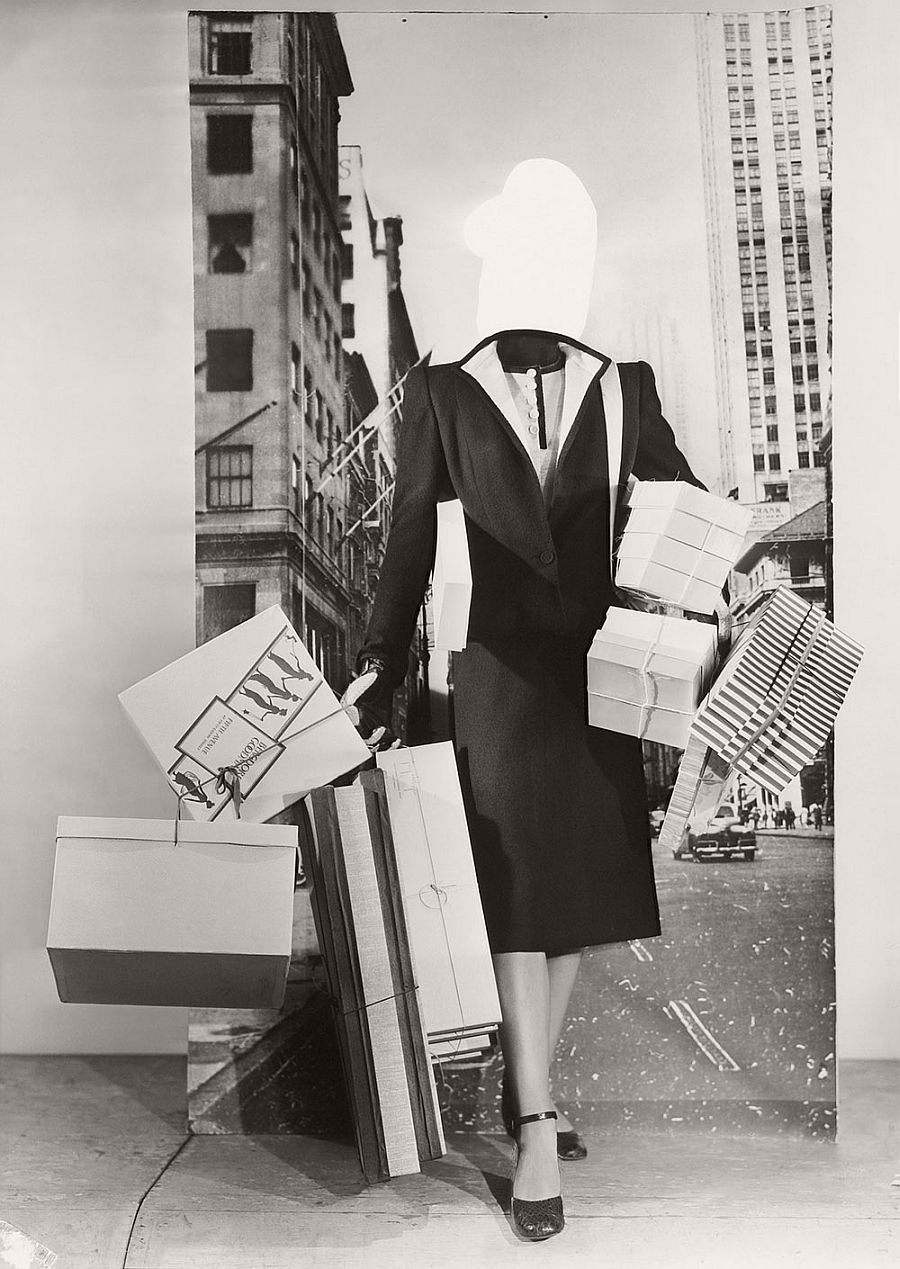
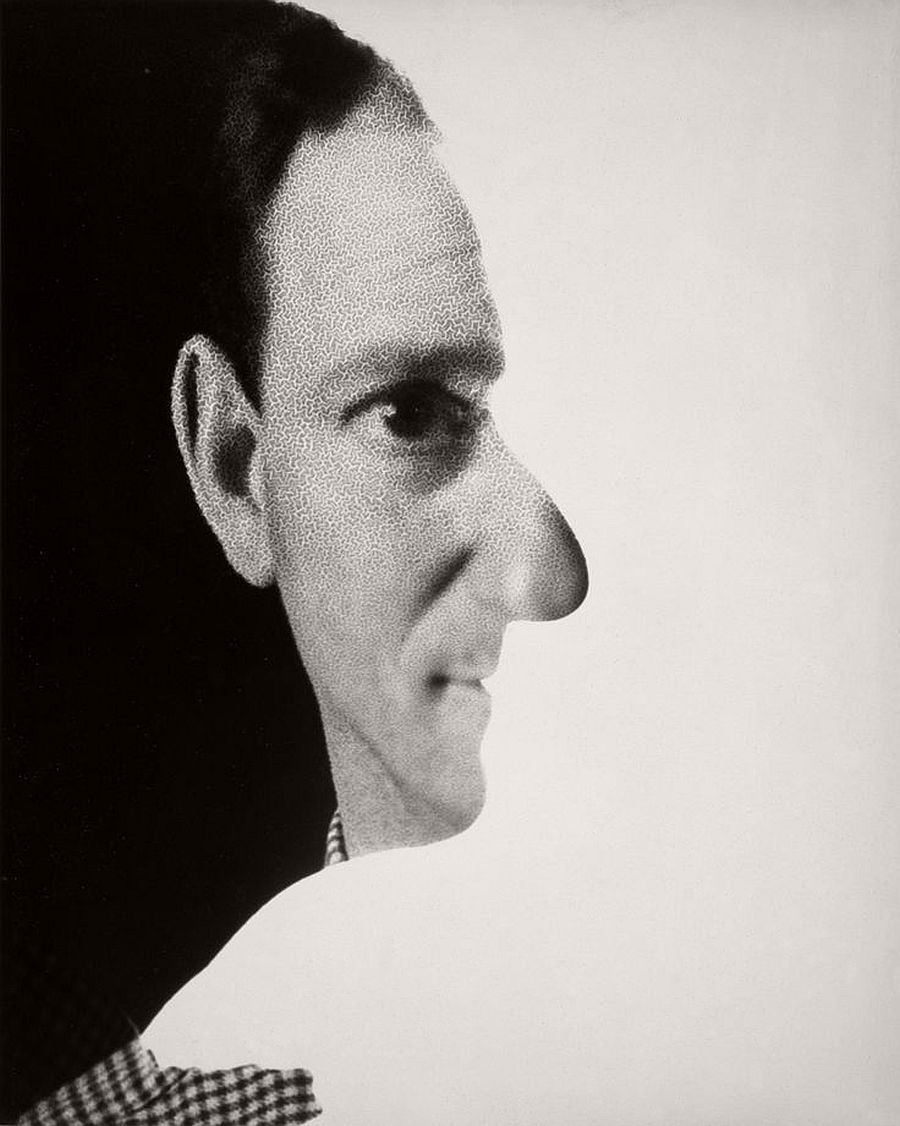
![Erwin Blumenfeld In hoc signo vinces [in this sign you will conquer] 1967](https://monovisions.com/wp-content/uploads/2017/03/erwin-blumenfeld-fashion-photographer-13.jpg)



